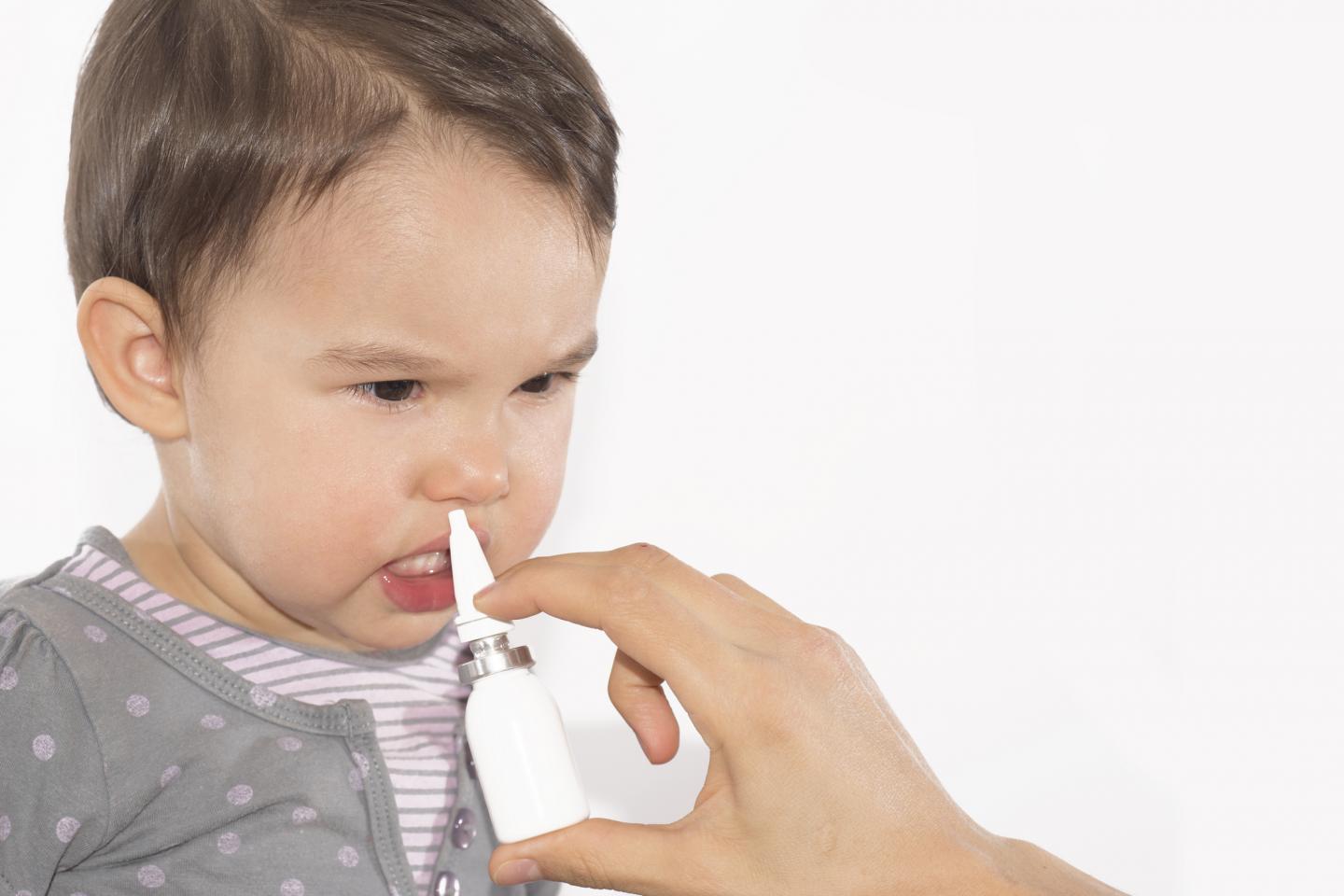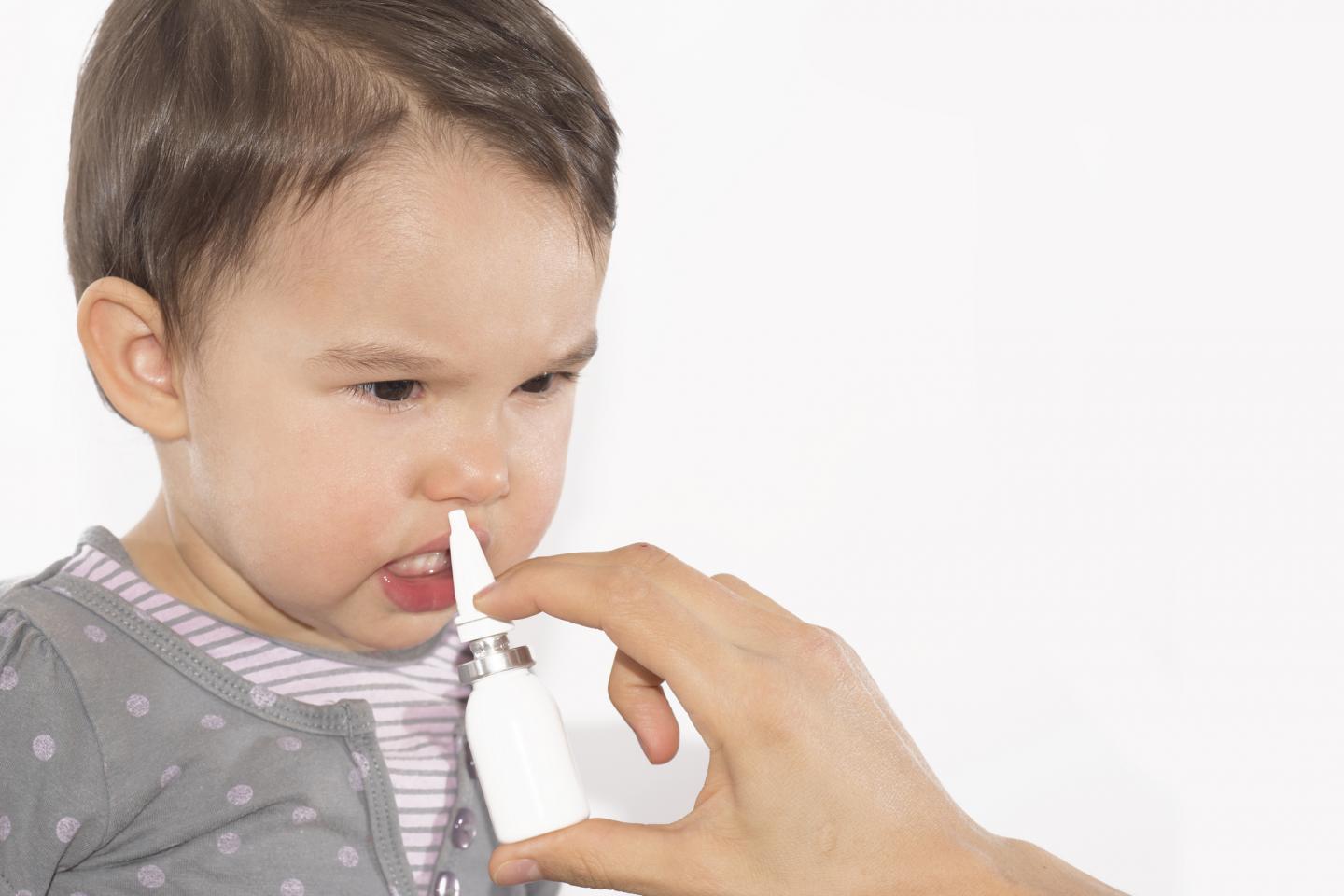
Credit: American College of Emergency Physicians
WASHINGTON — The range of options for medicating emergency patients intranasally has greatly expanded in recent years and can even be preferable for certain patients, including children, according to the results of a paper published online last Thursday in Annals of Emergency Medicine ("When to Pick the Nose: Out-of-Hospital and Emergency Department Intranasal Administration of Medications").
"For patients who are combative or having seizures, intranasal administration of certain medications can be really helpful," said lead study author Megan Rech, PharmD, MS, BCPS, BCCP of Loyola University Medical Center in Maywood, Ill. "These formulations can be especially useful for children, as they are not as painful and frightening as using intravenous or intramuscular routes. This route can also be an effective option for treating opioid overdoses."
Common medications that can be administered via an atomizer that sprays the surface of the nasal cavity include midazolam, fentanyl, naloxone, ketamine and dexmedetomidine.
Midazolam, administered intranasally, can tranquilize and sedate children who are undergoing numerous emergency procedures. It can also be used to treat seizures in both adults and children. Fentanyl, a synthetic opioid, can be administered to adults and children intranasally for pain relief. Naloxone administered intranasally can be a first-line therapy in suspected opioid overdoses where there is no intravenous access because it can be simply and rapidly administered by lay persons and out-of-hospital personnel. Ketamine, an analgesic, can be administered intranasally for adults and children who have orthopedic injuries or who are undergoing nasogastric tube placement. Intranasal dexmedetomidine works well to sedate and relieve pain for surgical and dental procedures in children.
"Administering medications intranasally in the pre-hospital or emergency setting can be easy, fast and non-invasive," said Dr. Rech. "It is a welcome option for emergency physicians treating a wide variety of patients, sometimes in difficult situations."
###
Annals of Emergency Medicine is the peer-reviewed scientific journal for the American College of Emergency Physicians, the national medical society representing emergency medicine. ACEP is committed to advancing emergency care through continuing education, research, and public education. Headquartered in Dallas, Texas, ACEP has 53 chapters representing each state, as well as Puerto Rico and the District of Columbia. A Government Services Chapter represents emergency physicians employed by military branches and other government agencies. For more information, visit http://www.acep.org.
Media Contact
Julie Lloyd
[email protected]
202-370-9292
@emergencydocs
http://www.acep.org





